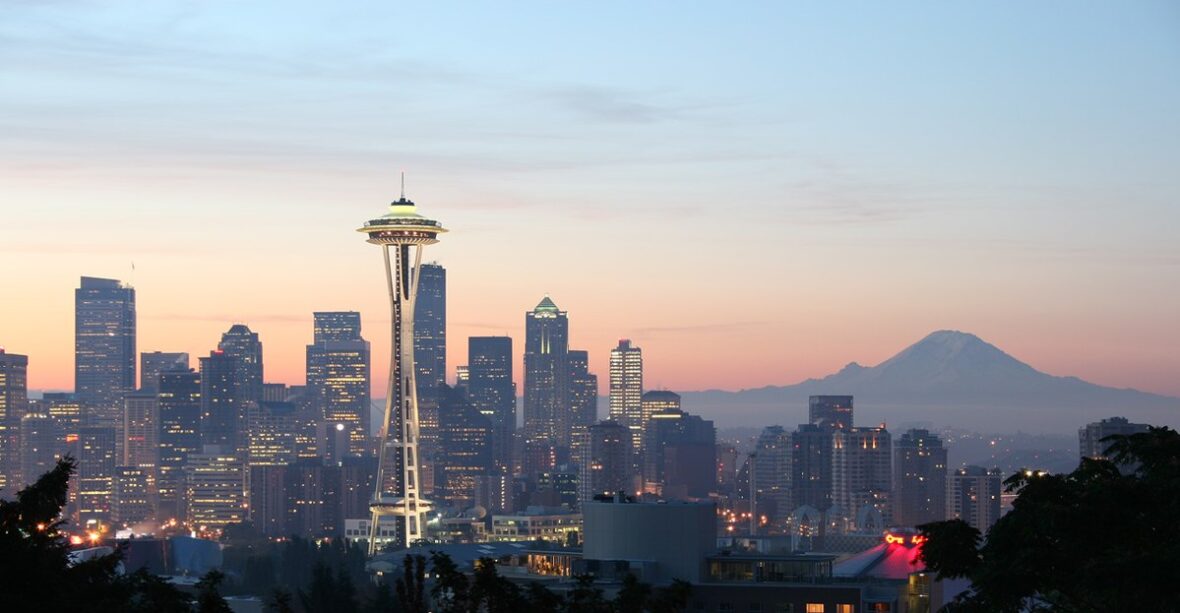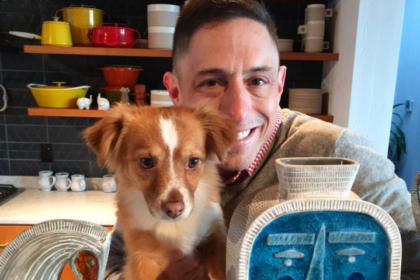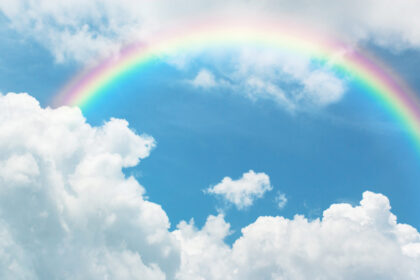Seattle is a seaport city on the West Coast of the United States. It is the seat of King County, Washington. With a 2020 population of 737,015, it is the largest city in both the state of Washington and the Pacific Northwest region of North America. Take a look below for 25 interesting and fun facts about Seattle, Washington, United States.
1. The Seattle metropolitan area’s population is 4.02 million, making it the 15th-largest in the United States.
2. Its growth rate of 21.1% between 2010 and 2020 makes it one of the nation’s fastest-growing large cities.
3. Seattle is situated on an isthmus between Puget Sound (an inlet of the Pacific Ocean) and Lake Washington.
4. It is the northernmost major city in the United States, located about 100 miles (160 km) south of the Canadian border.
5. A major gateway for trade with northern Asia, Seattle is the fourth-largest port in North America in terms of container handling as of 2015.
6. The Seattle area was inhabited by Native Americans for at least 4,000 years before the first permanent European settlers.
7. Arthur A. Denny and his group of travelers, subsequently known as the Denny Party, arrived from Illinois via Portland, Oregon, on the schooner Exact at Alki Point on November 13, 1851.
8. The settlement was moved to the eastern shore of Elliott Bay and named “Seattle” in 1852, in honor of Chief Si’ahl of the local Duwamish and Suquamish tribes. Today, Seattle has high populations of Native, Scandinavian, Asian American and African American people, as well as a thriving LGBT community that ranks sixth in the United States by population.[
9. Logging was Seattle’s first major industry, but by the late 19th century, the city had become a commercial and shipbuilding center as a gateway to Alaska during the Klondike Gold Rush.
10. Growth after World War II was partially due to the local Boeing company, which established Seattle as a center for aircraft manufacturing.
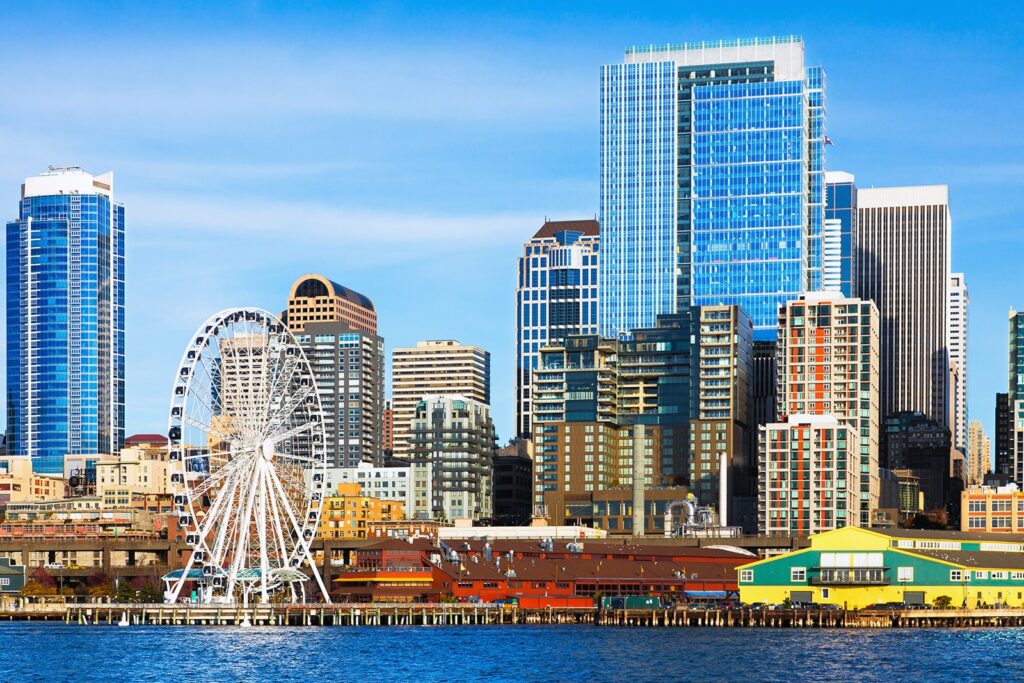
11. The Seattle area developed into a technology center from the 1980s onwards with companies like Microsoft becoming established in the region; Microsoft founder Bill Gates is a Seattleite by birth.
12. Internet retailer Amazon was founded in Seattle in 1994, and major airline Alaska Airlines is based in SeaTac, Washington, serving Seattle’s international airport, Seattle–Tacoma International Airport.
13. The stream of new software, biotechnology, and Internet companies led to an economic revival, which increased the city’s population by almost 50,000 between 1990 and 2000.
14. Seattle also has a significant musical history. Between 1918 and 1951, nearly two dozen jazz nightclubs existed along Jackson Street, from the current Chinatown/International District to the Central District.
15. The jazz scene nurtured the early careers of Ray Charles, Quincy Jones, Ernestine Anderson, and others.
16. Seattle is also the birthplace of rock musician Jimi Hendrix, as well as the origin of the bands Nirvana, Pearl Jam, Soundgarden, Alice in Chains, Foo Fighters, and the alternative rock movement grunge.
17. Seattle has a history of boom-and-bust cycles, like many other cities near areas of extensive natural and mineral resources. Seattle has risen several times economically, then gone into precipitous decline, but it has typically used those periods to rebuild solid infrastructure.
18. The first such boom, covering the early years of the city, rode on the lumber industry. During this period the road now known as Yesler Way won the nickname “Skid Road,” supposedly after the timber skidding down the hill to Henry Yesler’s sawmill. The later dereliction of the area may be a possible origin for the term which later entered the wider American lexicon as Skid Row.
19. The second and most dramatic boom resulted from the Klondike Gold Rush, which ended the depression that had begun with the Panic of 1893. In a short time, Seattle became a major transportation center. On July 14, 1897, the S.S. Portland docked with its famed “ton of gold,” and Seattle became the main transport and supply point for the miners in Alaska and the Yukon. Few of those working men found lasting wealth.
20. The Gold Rush era culminated in the Alaska-Yukon-Pacific Exposition of 1909, which is largely responsible for the layout of today’s University of Washington campus.
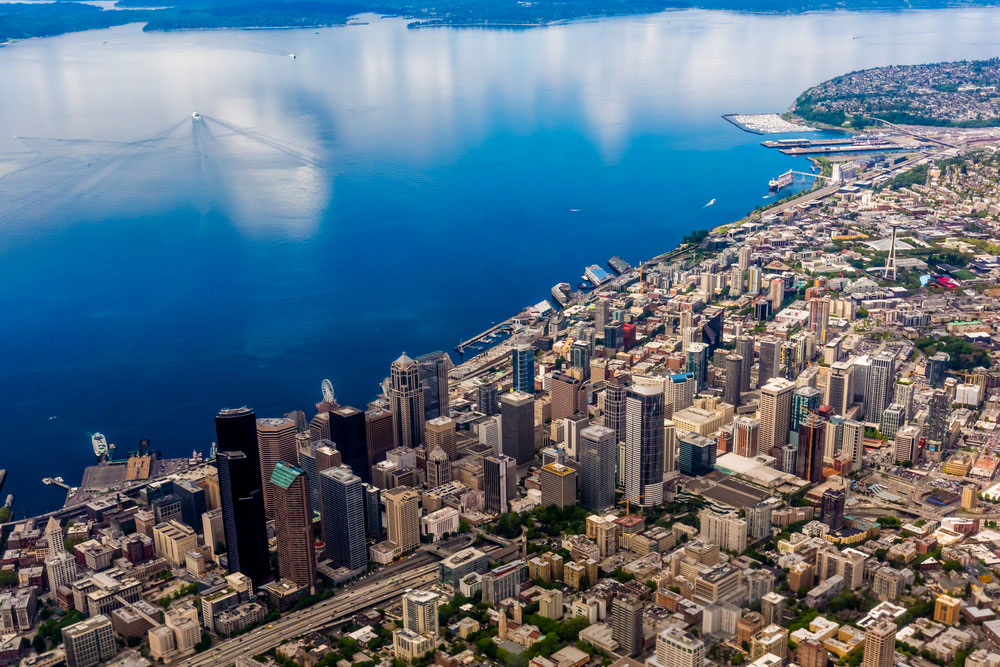
21. The Great Depression in Seattle affected many minority groups, one being the Asian Pacific Americans; they were subject to racism, loss of property, and failed claims of unemployment due to citizenship status.
22. The famous Hooverville arose during the Depression, leading to Seattle’s growing homeless population. Stationed outside Seattle, the Hooverville housed thousands of men but very very few children and no women. With work projects close to the city, Hooverville grew and the WPA settled into the city.
23. As of 2019, Seattle has one major daily newspaper, The Seattle Times. The Seattle Post-Intelligencer, known as the P-I, published a daily newspaper from 1863 to March 17, 2009, before switching to a strictly on-line publication.
24. Seattle is also well served by television and radio, with all major U.S. networks represented, along with at least five other English-language stations and two Spanish-language stations.
25. Seattle is home to the University of Washington, as well as the institution’s professional and continuing education unit, the University of Washington Educational Outreach.

